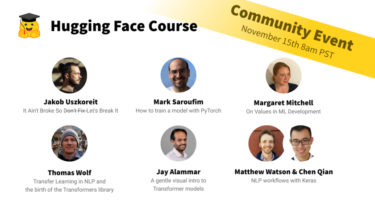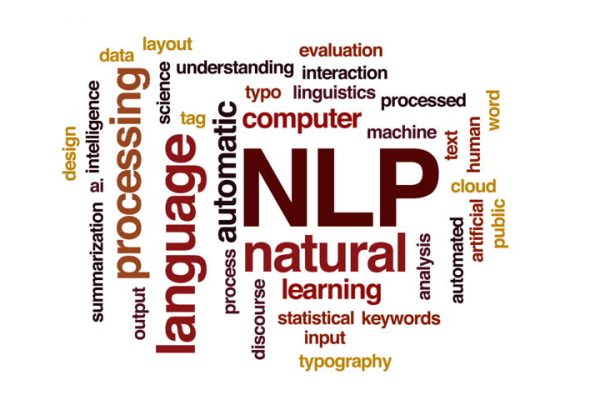Hugging Face – Newsletter Issue 12 – Oct 18th 2021
News 👋 Hi there, welcome to the 12th issue of the 🤗 newsletter! Here’s what’s been brewing this month: Part 2 of the 🤗 course AutoNLP Free Tier for one week We welcome GPT-J to the 🤗 Transformers family … and more! 🎓 November 15-19: Part 2 of the 🤗 course goes live! We’re excited to release the second
Read more

